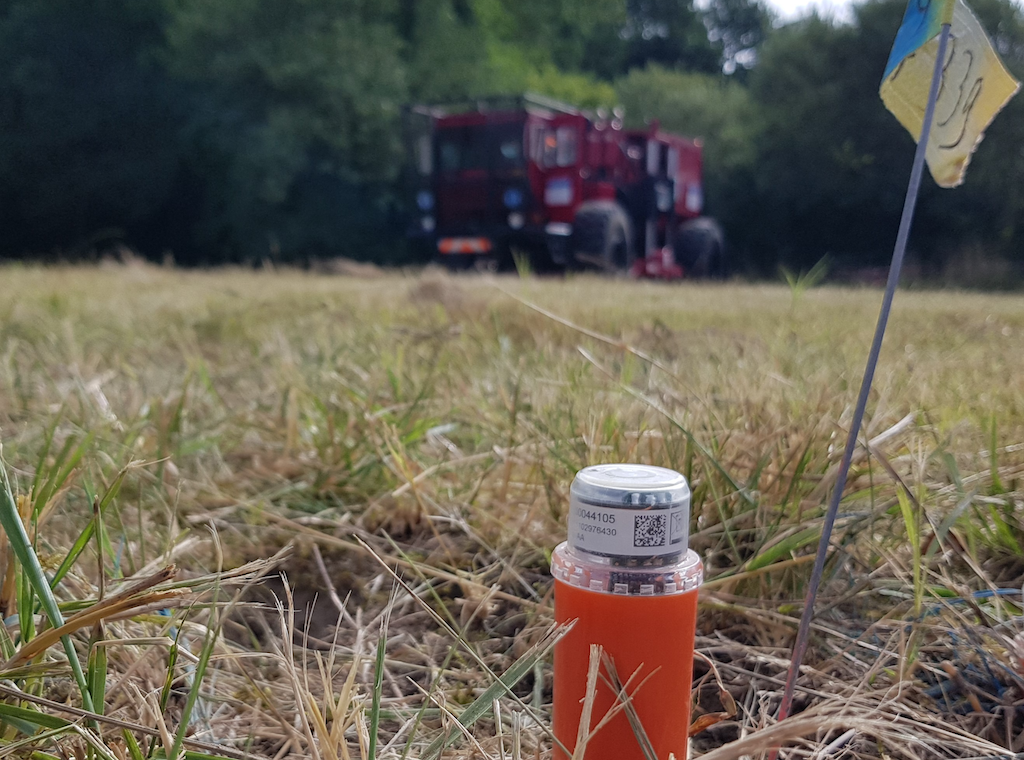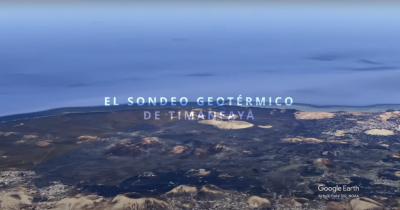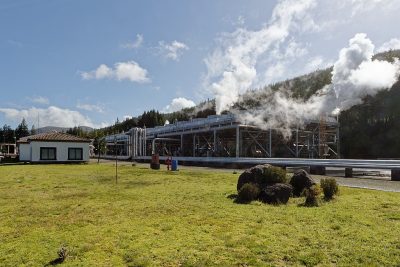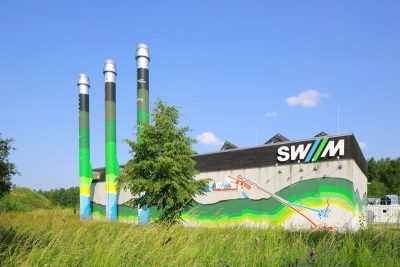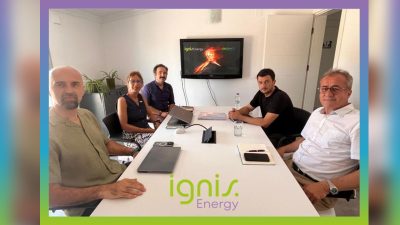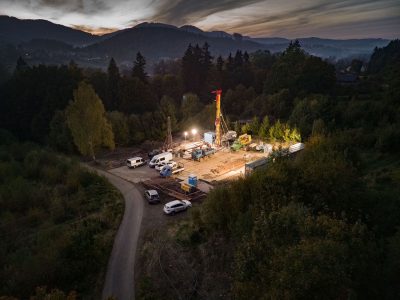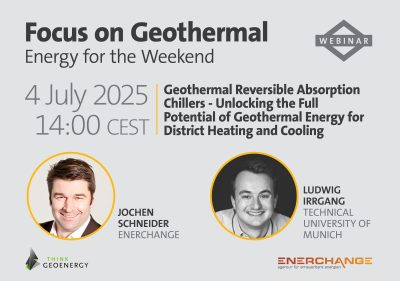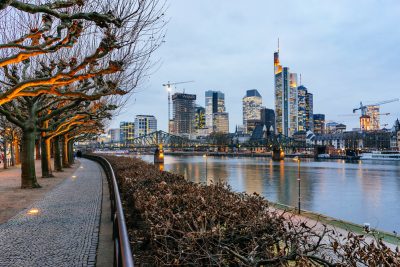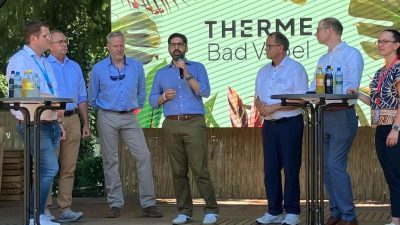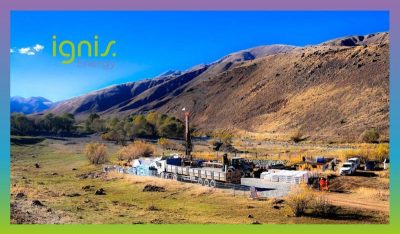Seismic sensor nodes to enable faster geothermal exploration
With the utilisation of a new lighter seismic sensor approach via nodes, it is hoped that early geothermal exploration work can be made faster and cheaper.
Seismic technology provider STRYDE, last week announced having secured a contract to supply Gallego Technic Geophysics (GTG), a French seismic data acquisition company, with its globally proven autonomous seismic nodes. GTG has used STRYDE’s NIMBLE system for four geothermal exploration projects across Belgium, Switzerland, and France over the past year. The STRYDE system has enabled increased productivity, rapid delivery, reduced HSE risk and ease of use while delivering higher-quality results for subsurface imaging.
Geothermal energy is still an emerging form of renewable energy in Europe, with over 3GW of geothermal capacity expected to be installed in Europe over the next decade to decarbonise energy and provide heating. In order to rapidly scale up geothermal capacity, new sites must be found beyond known heat vents and hot springs; this requires subsurface images to identify the best locations for well placement.
Historically, acquiring high-density seismic has been prohibitive for many developers. The usage of cable systems or regular nodes can be particularly expensive, not only in terms of cost of the equipment, but also due to the associated costs of transportation and operation. For example: 1,600 regular nodes typically weigh around 2,000 kg. This has a significant impact on HSE, cost and turnaround due to the number of vehicles required for transporting these nodes, crew size, and environmental impact, especially when line cutting is used to make space for conventional systems.
In contrast, 1,600 STRYDE nodes weigh around 240 kg, more than 8 times lighter and often more than 5 times smaller than conventional nodes. By using the STRYDE nodes, practices such as line cutting become obsolete (on the receiver side) as a two-person crew can usually deploy or retrieve around 1,000 nodes in a single shift on practically any terrain a person can walk on. The price point and compact nature of the STRYDE system also enables operators to have a higher density of nodes in a single site, increasing the definition of the subsurface image without increasing the overall cost of the survey.
As such, GTG has partnered with STRYDE in order to provide developers with high quality seismic while driving down exploration costs.
Mike Popham, Chief Executive Officer of STRYDE said: “We are proud to support GTG and their end clients in identifying the potential at sites considering geothermal energy. Subsurface imaging is the first step to accurately quantify the potential energy yield of a site, but for many years, high-definition seismic has been too expensive for players in the geothermal market to access without having an impact on the final levelized cost of energy.
“At STRYDE, we believe in enabling all industries – from geothermal to carbon capture and storage – to access the power of high-density seismic imaging. We have designed the lightest, most cost-effective, high-quality node on the market and, as a result, our technology is opening up the benefits of seismic to the industries that will shape our clean energy future.”
Pierre Gallego, Chief Executive Officer of GTG, added: “Throughout the pandemic, we have had to streamline our activities – limiting on-site personnel in the name of safety, but also looking back at our bottom line and trimming away not only unnecessary costs, but reconsidering the equipment we were using.
“STRYDE has been a plus for us on certain projects – light enough for one person to carry at least 50 nodes which reduces crew size, cheap enough that we can be very competitive and win more work in particular in the geothermal sector, and with a high accuracy equivalent or superior to other systems.”
Source: company release by email
